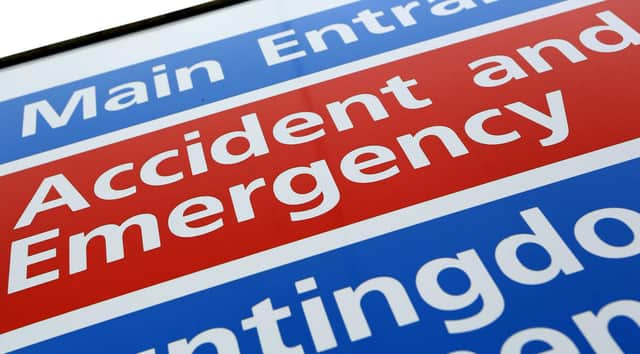Three in five A&E patients wait longer than four hours at Bolton Trust


Three in five patients seeking A&E care at the Bolton Trust waited longer than four hours to be dealt with last month, figures show.
NHS guidance states that 95% of patients attending accident and emergency departments should be admitted to hospital, transferred elsewhere or discharged within four hours.
Advertisement
Hide AdAdvertisement
Hide AdBut Bolton NHS Foundation Trust fell well behind that target in November, when just 39% of the 9,354 attendances at type 1 A&E departments were dealt with within four hours, according to figures from NHS England.
Type 1 departments are those which provide major emergency services – with full resuscitation equipment and 24-hour consultant-led care – and account for the majority of attendances nationally.
It means 61% of patients attending major A&E at the Bolton Trust waited longer than four hours to be seen last month, compared to 56% in October, and 37% in November 2021.
Including the 1,927 attendances at other accident and emergency departments, such as minor A&Es and those with single specialties, 49% of A&E patients were seen by the trust within the target time in November.
At Bolton NHS Foundation Trust:
In November:
There were 40 booked appointments, down from 58 in October
Advertisement
Hide AdAdvertisement
Hide Ad943 patients waited longer than four hours for treatment following a decision to admit – 8% of patients
Of those, 354 were delayed by more than 12 hours
Separate NHS Digital data reveals that in October:
The median time to treatment was 95 minutes. The median average is used to ensure figures are not skewed by particularly long or short waiting times
Around 7% of patients left before being treated